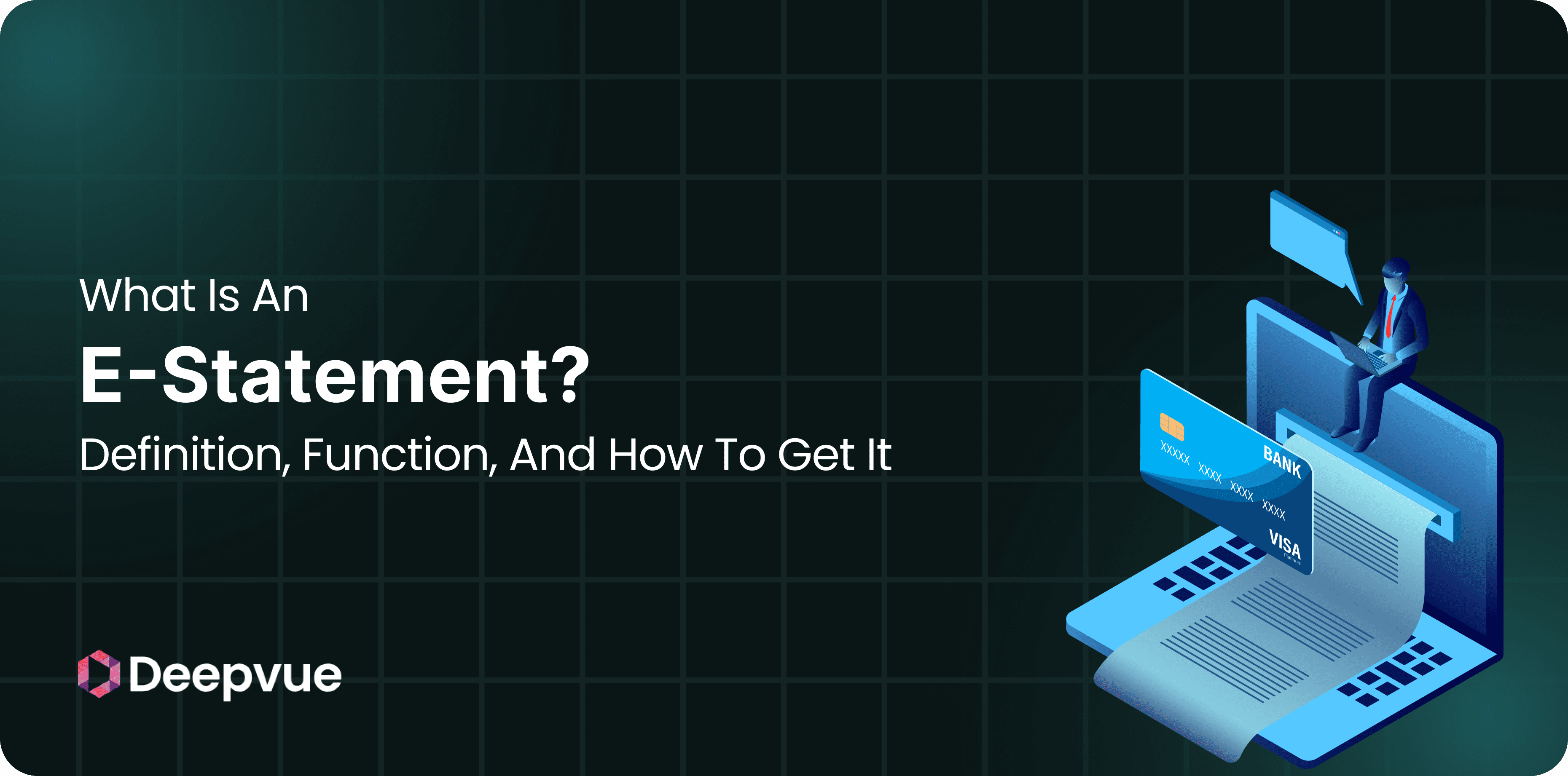If you’re a newcomer to online banking, the thought of downloading a bank statement online may be daunting. But it’s easier than it appears. This step-by-step guide will ease you into what a bank statement is, why you need it, how to obtain it online, and how to do it securely. Let’s make financial freedom a bit simpler, one step at a time.
What Is a Bank Statement?
A bank statement is an official summary of your bank account activity for a specific period, usually a month. It shows the money coming in and going out, including salary credits, online payments, ATM withdrawals, interest earned, and bank fees.
Key components:
- Opening and closing balance
- List of debits and credits
- Date and description of each transaction
- Charges and interest details
Why Do You Need a Bank Statement?
A bank statement is not merely a transaction list. It is usually required as evidence of income or financial standing. Below are some situations where you may require it:
- Using it for applying for personal or home loans
- In filing tax returns on income
- Presenting documents for a visa
- Proof of income for rental purposes
- Monitoring monthly expenditure patterns
How to Get Your Bank Statement Online?
There are some simple and risk-free ways to get your statement on the Internet. Choose the one best suited to you.
Method 1: Net Banking
The majority of banks provide customers with a facility to download their statements through internet banking portals.
Step-by-Step:
- Visit your bank’s authorized net banking website.
- Enter your user ID and password.
- Click on ‘Accounts’ or ‘Statements.’
- Choose your account and date range.
- Click ‘Download’ or ‘View Statement.’
You can generally download the statement in PDF or Excel format.
Method 2: Mobile Banking App
Rather use your phone? Here is how to do it through your bank’s own official mobile application:
- Open the app and log in via PIN, fingerprint, or password.
- Click on the bank account to view information.
- Look for an option called ‘e-Statement’ or ‘Account Statement.’
- Choose the date range.
- Click ‘Download.’
Mobile apps are fast and convenient, given that you are in a rush.
Method 3: Email Statement Subscription
Most banks send statements on a monthly basis to your registered email address.
To facilitate this:
- Go to your net banking account.
- Go to ‘Service Requests’ or ‘Preferences.’
- Enable the email statement subscription.
These emails usually contain password-protected PDF files. Your password is often a combination of your name and date of birth. Always read the bank’s instructions for the correct format.
Method 4: Account Aggregator Platforms
For seasoned users, there is a different way. Account Aggregator (AA) websites allow you to access statements from multiple banks with your consent.
These systems are regulated by the Reserve Bank of India and offer a safe, one-time consent-based way of sharing bank data with lenders, advisors, or money apps.
Understanding What’s Inside Your Statement
When you’ve downloaded the statement, this is how to interpret it:
- Opening Balance: The balance in your account at the start of the period.
- Credits: Money coming in, such as salary, refunds, or deposits.
- Debits: Money going out like bill payments, withdrawals, and purchases.
- Narration: A concise description or remark for each transaction.
- Charges: Charges imposed by the bank.
- Closing Balance: The ending balance for the period.
Common Issues and How to Solve Them
If you’re trying to look at your statement online and find yourself facing an issue, don’t panic. Below are a few frequent issues and fixes:
- Forgot Password: Utilize the ‘Forgot Password’ feature to recover your login details.
- App Not Working: Update the app or reinstall it.
- Email Statement Not Received: Look in your spam folder. Ensure your registered email is current.
- PDF Won’t Open: Ensure you’re entering the correct password. Double-check the format.
Tips to Stay Safe Online
Your bank statement holds confidential financial information. Take these easy precautions:
- Use only the official website or app of the bank to access statements.
- Never log in to your bank account using public Wi-Fi.
- Do not click on links sent by unfamiliar sources to retrieve your statement.
- Keep your devices’ antivirus software up to date.
- Downloaded PDFs should be stored securely or deleted after use.
How Deepvue’s Bank Account Verification and Statement Analysis APIs Assist?
Deepvue’s bank account verification API simplifies onboarding with real-time checking of account ownership, bank codes, and account activities. This reduces fraud threats and ensures KYC and AML compliance. It eliminates manual errors and saves processing time in loans or disbursements.
Meanwhile, our bank statement analysis API extracts PDF bank statements and interprets transaction data automatically. It will flag income trends, identify anomalies, mark bounced EMIs, and alert financial stress signals. This makes it possible for lenders and platforms to extend improved credit decisions and monitor borrower health in real time.
Together, these APIs streamline digital journeys, improve risk visibility, and help platforms operate with greater confidence and accuracy.
FAQs
Can I get a bank statement online without visiting the bank?
Yes. Use net banking, mobile apps, or email subscriptions to access it from home.
Is it safe to download a bank statement online?
Yes, provided you download from the official website or app and follow basic precautions.
If I forget the password to open my emailed statement?
Check the instructions in the email or call your bank to change the password.
Can I view past bank statements online?
The majority of banks provide access to 6 months to 5 years’ worth of statements online.
What will the statement look like?
The majority of statements are in PDF format, printable or sendable by email.




